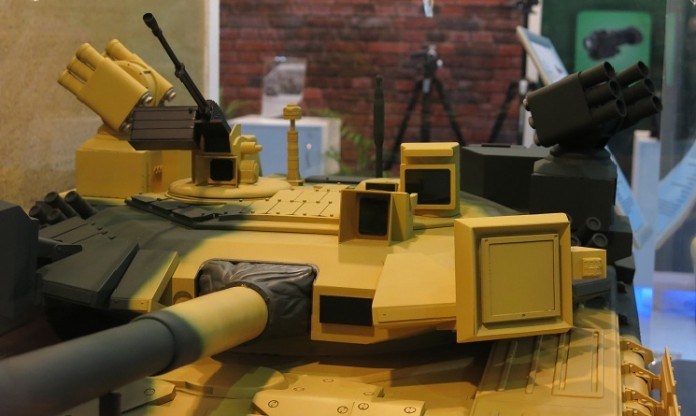
The Swedish defense company Saab and Indian company Tata Power Strategic Engineering Division (Tata Power SED) have started the process of manufacturing Self-Protection Systems for Land-based Platforms, for the Indian market and for export to Saab’s global market.
According to the company’s’ announcement, the partnership will also involve joint development of the next generation Self-Protection System. ‘The process of Transfer of Technology for production of initial orders for Saab’s global customers has already commenced at Tata Power SED.’s facility in Bangalore.’ Saab announced, Tata Power SED will eventually manufacture a large part of the system in India and also do final assembly. Tata will also be responsible for marketing the system in India.
Land Electronic Defence System (LEDS) 50 MK2 is a subset of an integrated and modular, active defense system consisting of a Laser Warning Segment (LWS) and Effector Control Segment (OSCS). The solution provides combat personnel with vital situational awareness on laser threats and countermeasure availability and areas of coverage/protection offered under dynamic conditions, allowing manual or fully automatic responses against threats.
At Defexpo 2016 Tata displayed a model of T-90 fitted with LEDS 150 active protection system, comprising radar sensors and traversable countermeasure dispensers designed to protect the tank from anti-tank missiles and RPGs.
Given the long-term potential for self-protection systems for combat vehicles, both in India and abroad, we see this collaboration with Saab as an important milestone in boosting India’s capabilities in building defence systems.” said Rahul Chaudhry, CEO, Tata Power SED. “It is perfectly aligned with the actual essence of “Make In India” initiatives being implemented by the Indian government”.



















